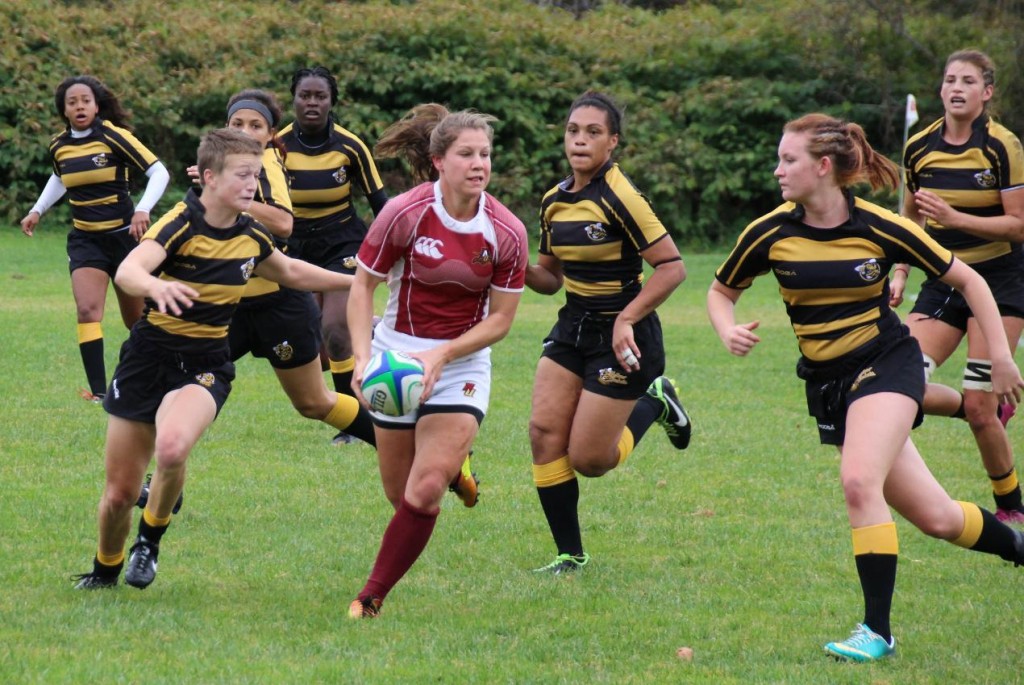Female enrollment in college has grown over the past two decades. According to the Pew Research Center, in 1994, 63% of female high school graduates matriculated at a college or university the following year. By 2012, that number had risen to 71%. Furthermore, women have outnumbered men at colleges and universities since 1979, comprising about 57% of enrollment at degree-granting institutions. Despite this, as of the 2013-2014 academic year, the NCAA reported that 56.6% of student athletes were male.
This disparity once made more sense, as female participation in athletics at the high school and youth levels was substantially less than males. This divide, however, is closing. Taken in total, there are more females playing sports at the youth level than before, the majority of female enrollees at colleges and universities is growing, more women play sports in college than in prior decades, but opportunities for female student athletes still lag behind that of men. The question then of whether more women’s sports should be offered, would appear, to be a nonissue. Instead, with population and participation numbers like these, the subject many athletic departments now face is determining which women’s teams to add.
The NCAA has, for a while now, tried to assist in this decision making process. It maintains an emerging sports list with the purpose to “help schools provide more athletics opportunities for women, more sport sponsorship options for institutions and help that sport achieve NCAA championship status.” If a sport doesn’t gain championship status or show significant progress towards that end within ten years, it is removed from the list. Many emerging sports have seen participation spike and become NCAA championship, varsity-level programs. For example over the past two decades, women’s bowling, beach volleyball, and rowing have all been embraced by colleges and universities, allowing them to progress from being regarded by the NCAA as “emerging” to permanent, “championship” entities.
The NCAA emerging sports list is an optimal place to begin thinking outside the norm for opportunities to grow female participation for schools that have already seemingly maxed-out their offerings. For other schools, though, adding more traditional women’s sports could be the first logical step. While unconventional women’s sports like rugby are on the rise, for schools looking to rapidly close the gap between male/female student athlete numbers, adopting a sport with a strong youth base already present is a wise consideration. Women’s softball, basketball, field hockey, and, to a growing degree, lacrosse, all boast ready-made examples at other universities, templates for program founding and growth, a larger coaching base, and familiarity on a national, as opposed to regional, level. The downside to this method, however, is due to the preponderance of programs nationwide, the competition for premier recruits is fierce. Moreover, being a top-tier program that differentiates your school from another might require a greater financial investment than a budget allows. This issue is less of a burden by being only one of a handful of colleges offering a niche, emerging program.
The case for more opportunities for women in college athletics seems to be a fairly clear one. Fortunately, making room in athletic departments for the expansion of female sports appears to be a priority at many universities. The next step for schools looking to augment their offerings, though, can be tricky. Deciding whether to invest in traditional programs and contend with dozens of others or to take a risk in developing one of the NCAA’s emerging sports is a challenge each school must assess individually and thoughtfully.



Leave a Reply
You must be logged in to post a comment.